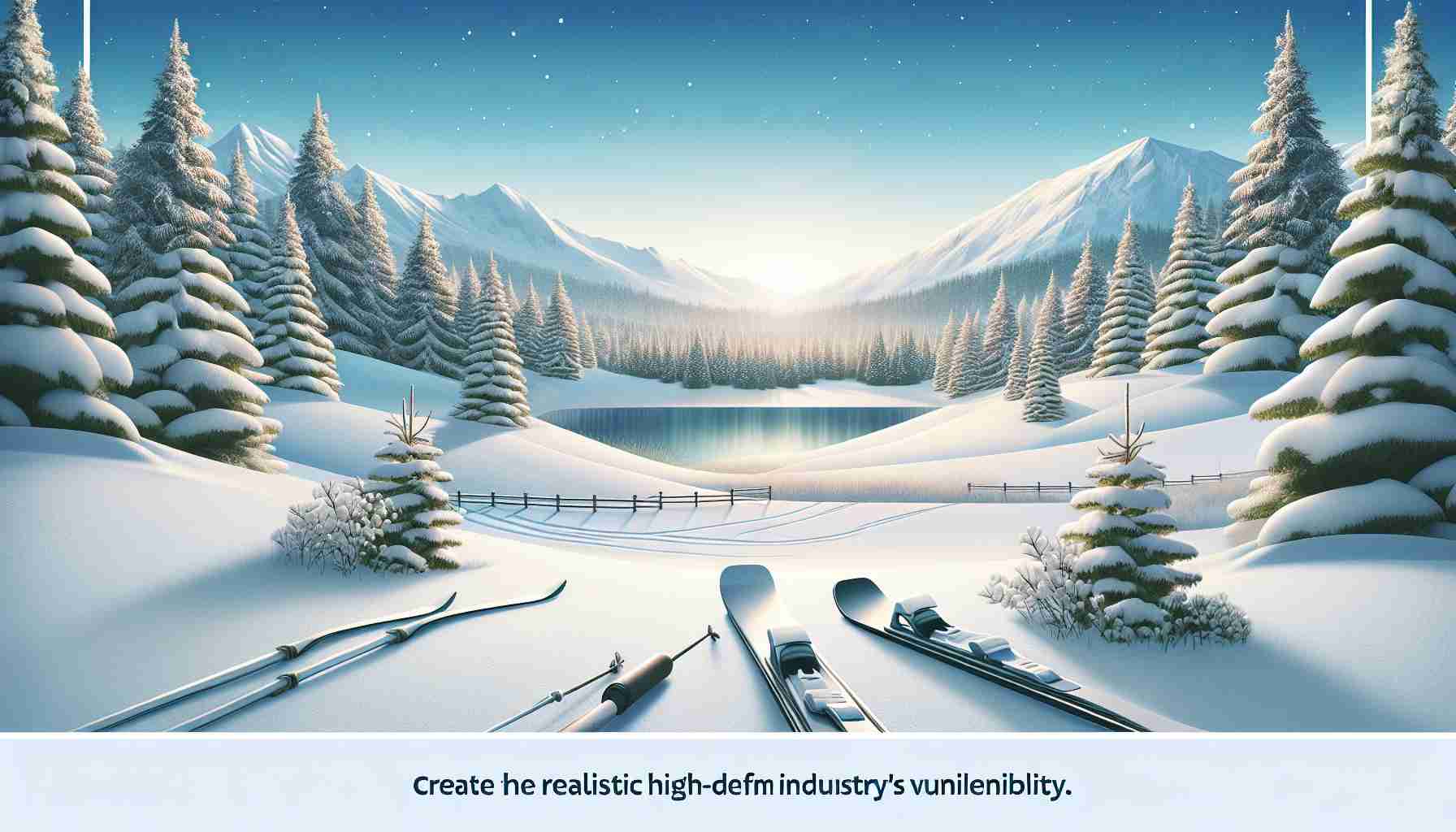
In the frosty landscapes of Maine, Nordic skiing has long been a cherished winter pastime, attracting enthusiasts from far and wide to glide across snow-covered trails. However, the very essence of this beloved sport is under threat as climate change alters the winter landscape.
Growing up in the picturesque town of Gray, I was privileged to have local trail systems like Libby Hill Trails and Pineland Farms at my doorstep. Winter was a magical time when these trails transformed into vibrant hubs for Nordic skiers, young and old, reveling in the beauty of Maine’s snowy terrain.
As temperatures rose and snow became less reliable, the once abundant ski seasons dwindled, forcing skiers to chase snow further north or resort to skiing on man-made slopes. The impact of these changes extends beyond recreation; it affects Maine’s economy. Winter tourism, including Nordic skiing, contributes significantly to the state’s revenue, but declining snow conditions threaten this vital sector.
While Maine has yet to see a decrease in total snowfall, warming winters, increased rainfall, and early ice-outs pose a grave risk to ski season longevity. The economic implications of dwindling snow cover are profound, with ski resorts faced with tough choices between financial strain and environmentally costly snow-making alternatives.
It is imperative for Mainers to take action against climate change to preserve the winter wonderland that is Nordic skiing. Embracing initiatives like the updated “Maine Won’t Wait” climate action plan and engaging in local sustainability efforts are crucial steps towards safeguarding this cherished sport and the state’s economy.
As the snowscape evolves, so must our response to ensure that future generations can continue to experience the magic of Nordic skiing in Maine. It’s time for us to unite in the face of climate change and secure the snowy legacy of our beloved winters.
Nordic Skiing: Securing the Future Amid Changing Winter Landscapes
In the realm of Nordic skiing, the threat posed by climate change looms large, casting a shadow over the cherished winter pastime across regions like Maine. While the previous article touched upon the impact of warming winters on this beloved sport, there are additional critical questions that need to be addressed to understand the industry’s vulnerability and resilience in the face of environmental challenges.
What are the Most Pressing Concerns for the Nordic Skiing Industry?
One key question revolves around the adaptability of Nordic ski resorts and businesses in the wake of diminishing snow cover. How are these entities navigating the delicate balance between financial viability and environmental sustainability as they confront unreliable snow conditions? Additionally, what innovative strategies are being employed to attract visitors and maintain interest in Nordic skiing amidst changing winter landscapes?
Key Challenges and Controversies
The Nordic skiing industry faces the substantial challenge of balancing economic interests with environmental conservation. The controversy surrounding the use of artificial snow-making technologies to supplement natural snow raises questions about the long-term implications on ecosystems and resource consumption. Moreover, the debate over land use practices, such as trail expansion and development, presents a dilemma between promoting winter sports accessibility and preserving natural habitats.
Advantages and Disadvantages of Adaptation Strategies
Implementing sustainable practices, such as energy-efficient snow-making systems and eco-friendly trail maintenance, can enhance the industry’s resilience to climate change while minimizing its ecological footprint. However, the upfront costs associated with such adaptations may pose financial barriers for smaller ski businesses, leading to disparities in the industry’s capacity to respond to environmental challenges. Balancing the advantages of long-term sustainability with the disadvantages of immediate financial strain remains a critical consideration for Nordic skiing stakeholders.
As the Nordic skiing community grapples with the evolving winter conditions, collaborative efforts and proactive measures are essential to safeguard the future of this winter wonderland industry. By addressing the complex issues surrounding climate change adaptation, sustainable practices, and economic resilience, stakeholders can work together to ensure that Nordic skiing continues to thrive in the face of environmental uncertainty.
Selected Related Links:
1. NordicSkiRacer.com
2. iSkiNY.com
